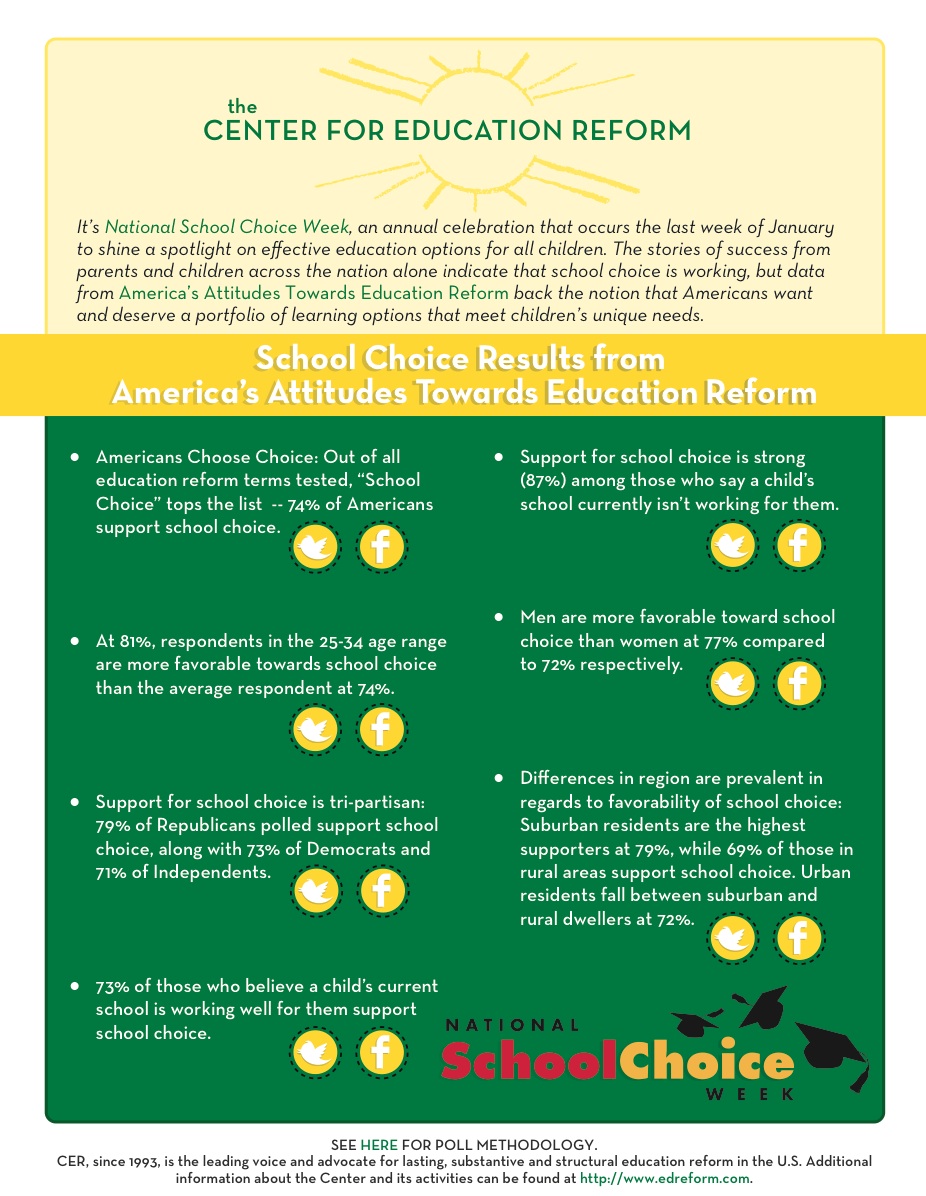In August of 2004 Diana Jean Schemo and the New York Times published “Nation’s Charter Schools Lagging Behind, U.S. Test Scores Reveal.” The piece alleged charters performed poorer than traditional public schools in almost all cases, citing findings from the 2003 National Assessment of Educational Progress that were “unearthed from online data by researchers at the American Federation of Teachers” and sent by researchers from the teachers union to the Times. Schemo credited the AFT as historically supporting the idea of charter schools, contrary to previously published studies by the union that would beg to differ. The paper implied that there were efforts made to keep the findings out of the public eye, too.
The Center for Education Reform responded not days later, and with the signatures and support of 30 prominent members of the national research community took out a full page ad in the Times condemning the report and the study as failing to meet professional research standards. CER later published a release demonstrating the volume and content of the coverage the AFT report and Times’ article was receiving across the country. The magazine Education Week found fault with the AFT study and the New York Times coverage as well. CER Founder Jeanne Allen appeared on the Tavis Smiley radio show with then-AFT head Bella Rosenberg to discuss the data.
















 is, the 6th annual National School Choice Week, and join with the tens of thousands across the country – and globe – in celebrating the power and ever-growing potential of school choice. This year, there are more than 16,000 events planned in the U.S. and beyond, making this week the largest celebration of education choice in history.
is, the 6th annual National School Choice Week, and join with the tens of thousands across the country – and globe – in celebrating the power and ever-growing potential of school choice. This year, there are more than 16,000 events planned in the U.S. and beyond, making this week the largest celebration of education choice in history.




 #RALLYINTALLY. Over 10,000 parents, children, teachers and reform advocates gathered in Tallahassee, FL this morning in support of their state’s tax credit scholarship program, currently helping nearly 80,000 students access an education that better meets their needs but is in the midst of a lawsuit brought on by the status quo. Martin Luther King, III was among those rallying to #DropTheSuit, telling
#RALLYINTALLY. Over 10,000 parents, children, teachers and reform advocates gathered in Tallahassee, FL this morning in support of their state’s tax credit scholarship program, currently helping nearly 80,000 students access an education that better meets their needs but is in the midst of a lawsuit brought on by the status quo. Martin Luther King, III was among those rallying to #DropTheSuit, telling
A Leader’s Choice
“It’s not an experiment anymore. It’s not a demonstration. It’s not a what-if. After 20 years, we have overwhelming evidence . . . of kids, parents, families who have found what they were looking for in the charter school movement here in the Commonwealth of Mass.”
Those are words from Massachusetts Gov. Charlie Baker as he addressed the crowd of parents, educators and advocates at the State House last week as they prepared to press lawmakers to lift the cap on charter schools.
Since October 2015, the Governor has been pushing legislation that would allow 12 new or expanded charter schools statewide annually in low-performing districts.
While eliminating caps completely and allowing for independent authorizers could really help charter schools grow and thrive in the Bay State, the expansion would without a doubt be a positive step forward, as the state has nearly the s ame number of children on charter school wait lists (about 37,000) as they do enrolled in public charter schools (approximately 40,000). Compared to traditional district schools, public charter school students in Massachusetts score proficient or advanced in all subject tests at every grade level. In fact, some of the state’s urban charter schools with populations that are mostly low-income and minority students are ranked among some of the best schools in the state.
ame number of children on charter school wait lists (about 37,000) as they do enrolled in public charter schools (approximately 40,000). Compared to traditional district schools, public charter school students in Massachusetts score proficient or advanced in all subject tests at every grade level. In fact, some of the state’s urban charter schools with populations that are mostly low-income and minority students are ranked among some of the best schools in the state.
“Governor Baker is putting a lot of political capital on the line for school choice for some of the poorest students in the state,” Mary Kissel of the Wall Street Journal notes. Despite the fact that charter schools have disrupted traditional public education in positive ways, there’s still reluctance and backlash to expand choices because of pushback from groups like the teacher’s union interested in maintaining the status quo.
From the cap push in Massachusetts, to Tennessee where progress toward full vouchers for the most needy is finally on a positive path and holds hope for that governor’s initial promises, it’s important to not just know, but highlight how state chief executives are doing in ensuring innovation thrives in our schools.
Today, we celebrate Gov. Baker’s commitment to children, and all elected officials across the nation taking their responsibility seriously to create more and better learning opportunities for children by championing school choice.
This is one of a series of posts highlighting numerous diverse opportunities from towns to nations for National School Choice Week 2016.